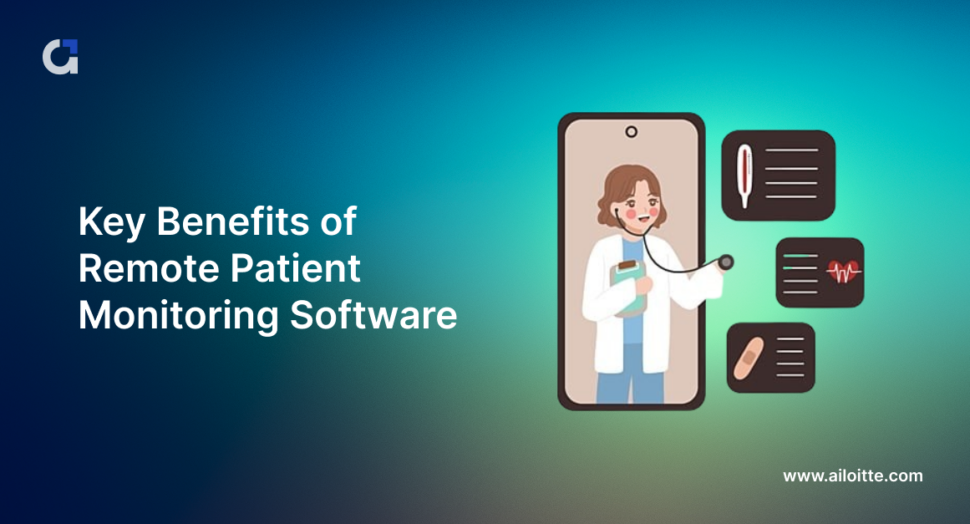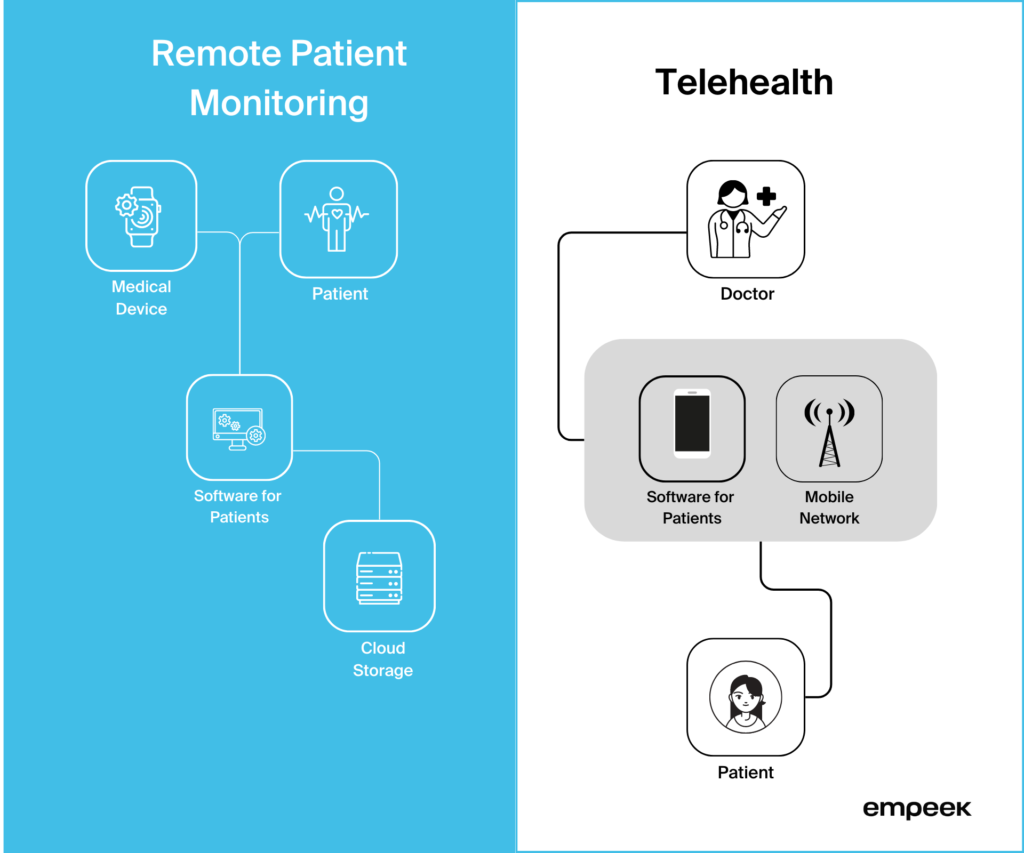Cutting-Edge RPM Software: Improve Patient End Results with Innovation
Cutting-Edge RPM Software: Improve Patient End Results with Innovation
Blog Article
The Future of Health Care: Remote Individual Keeping An Eye On Simplified
As health care proceeds to develop, one area that holds enormous assurance is remote client monitoring. With a focus on enhancing client outcomes and enhancing health care delivery, remote monitoring is poised to reinvent the sector.
Benefits of Remote Person Monitoring
Remote person surveillance presents a wide variety of benefits for both health care service providers and people alike. Additionally, remote person monitoring boosts the overall quality of care by providing an extra alternative and extensive sight of patients' wellness standing beyond typical in-person gos to.
Additionally, remote individual monitoring can lead to improved client results and fulfillment. People can appreciate the comfort of obtaining treatment in the convenience of their own homes while still understanding that their health is being very closely checked. This can lead to raised person involvement and adherence to treatment strategies, ultimately causing much better health end results. Furthermore, remote monitoring can lower the requirement for regular healthcare facility brows through, decreasing healthcare expenses for both individuals and companies. In general, the benefits of remote person monitoring are clear, making it an important tool in modern healthcare shipment.
Innovation Driving Remote Tracking
In the world of contemporary health care, technical advancements play a crucial duty in driving the evolution and performance of remote individual tracking. The combination of innovative innovations such as wearable tools, mobile applications, and cloud-based platforms has actually reinvented the means health care suppliers from another location take care of and keep track of individual health - software for remote patient monitoring. These innovations make it possible for continuous real-time surveillance of important signs, drug adherence, and other important health and wellness data, permitting timely treatments and customized care plans
One secret technology driving remote surveillance is the Net of Things (IoT), which allows smooth connectivity between clinical tools and health care systems. IoT devices such as smartwatches and wireless sensing units send and collect person information to centralized platforms, facilitating remote surveillance from throughout the world. Expert system (AI) and artificial intelligence formulas additionally improve remote tracking by assessing large amounts of client data to identify patterns, predict wellness fads, and sharp doctor to potential issues.
Influence On Medical Care Distribution
With the integration of innovative technologies driving remote person surveillance, the impact on healthcare delivery is becoming progressively extensive and transformative. Remote person monitoring enables doctor to offer even more customized and aggressive treatment to individuals, resulting in enhanced health and wellness outcomes and reduced medical facility admissions. By remotely tracking vital indicators, symptoms, and medication adherence, health care professionals can step in early, stopping difficulties and improving the total top quality of care.
Furthermore, remote surveillance boosts access to health care services, specifically for individuals in country or underserved areas. click for more info People can receive continual surveillance and assistance from their homes, getting rid of the requirement for frequent in-person visits. This not just conserves time and minimizes costs for both people and healthcare facilities but additionally minimizes the danger of direct exposure to transmittable illness, an essential consideration in the current health care landscape.
In addition, remote patient monitoring software remote patient monitoring allows health care suppliers to far better focus on and allot sources care based upon real-time information. By recognizing risky individuals and interfering promptly, medical care distribution becomes extra effective and reliable, inevitably resulting in a more lasting and patient-centered medical care system.
Improving Person Results

Furthermore, RPM enables for proactive management of persistent conditions, reducing the likelihood of acute exacerbations and health center readmissions. Patients gain from increased ease and comfort, as they can receive care in their very own homes while staying connected to their healthcare suppliers. This continual tracking not only boosts patient satisfaction however additionally cultivates a feeling of empowerment and involvement in their very own wellness monitoring.
Future Trends in Remote Surveillance
Welcoming sophisticated technologies in remote person surveillance is forming the future landscape of medical care distribution. The future fads in remote tracking are expected to revolutionize the method medical care pop over to these guys is given, making it much more reliable and patient-centric. One substantial fad is the enhanced use wearable tools and sensing units to gather real-time data, enabling healthcare service providers to keep track of people continually without the need for constant in-person sees. These tools can track important indicators, drug adherence, and activity levels, giving a comprehensive sight of the client's health status.

Moreover, telehealth platforms are coming to be much more innovative, allowing for virtual consultations, remote medical diagnosis, and remote client monitoring done in one integrated system (software for remote patient monitoring). This alternative approach to remote tracking is streamlining healthcare shipment, boosting individual satisfaction, and eventually, improving general quality of treatment
Final Thought
In verdict, remote patient tracking offers many benefits in health care delivery, driven by improvements in modern technology. It has the prospective to boost individual end results and revolutionize the method healthcare is delivered. Future patterns in remote monitoring will remain to form the landscape of healthcare, supplying possibilities for even more reliable and individualized individual care.
Remote patient surveillance offers a multitude of benefits for both health care providers and people alike. Furthermore, remote patient surveillance improves the general quality of treatment by offering a more holistic and detailed view of people' health status beyond standard in-person sees.
Additionally, remote individual tracking can lead to improved patient results and fulfillment. Remote client tracking enables healthcare suppliers to supply even more aggressive and customized treatment to people, leading to boosted health and wellness results and lowered medical facility admissions. Remote individual surveillance (RPM) plays a substantial function in enhancing patient outcomes by providing constant, real-time data that allows health care suppliers to intervene without delay and change treatment plans as needed.
Report this page